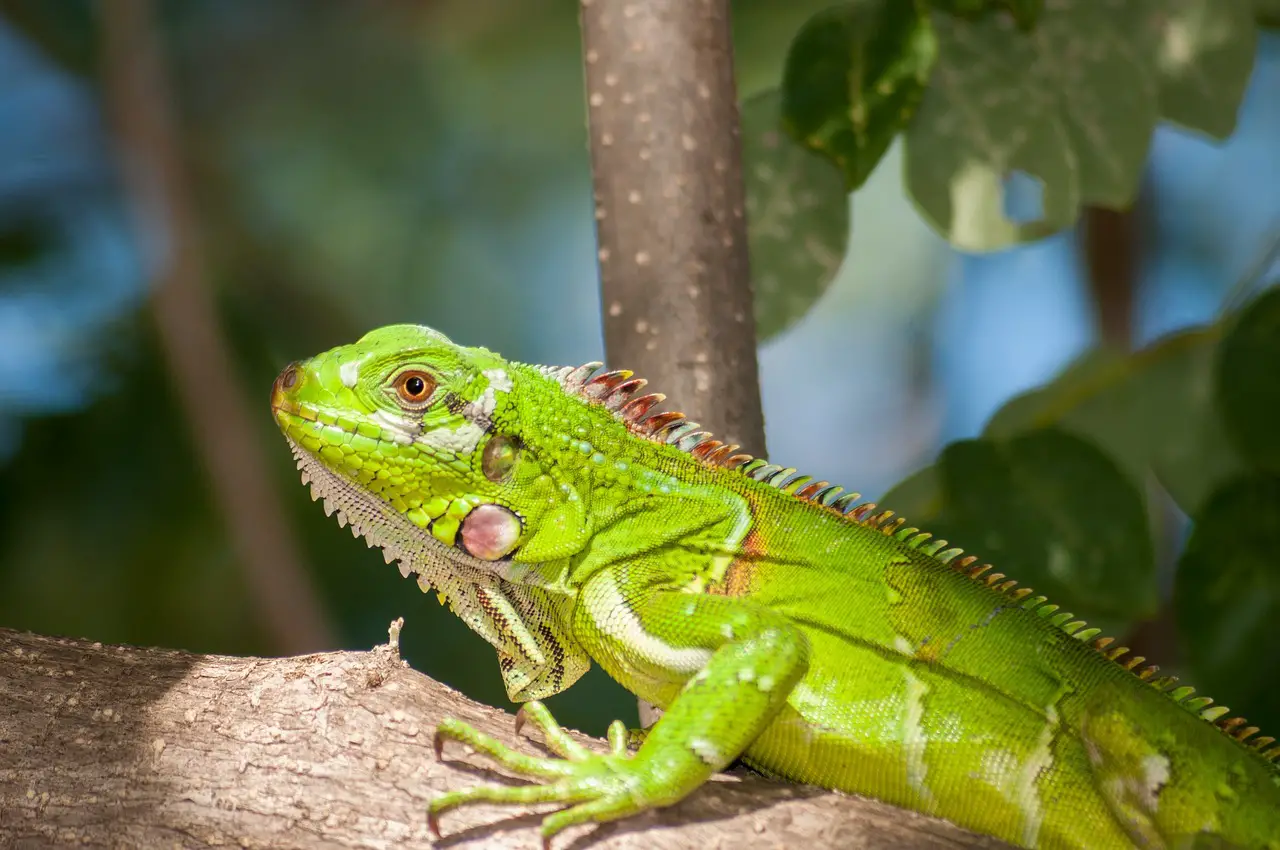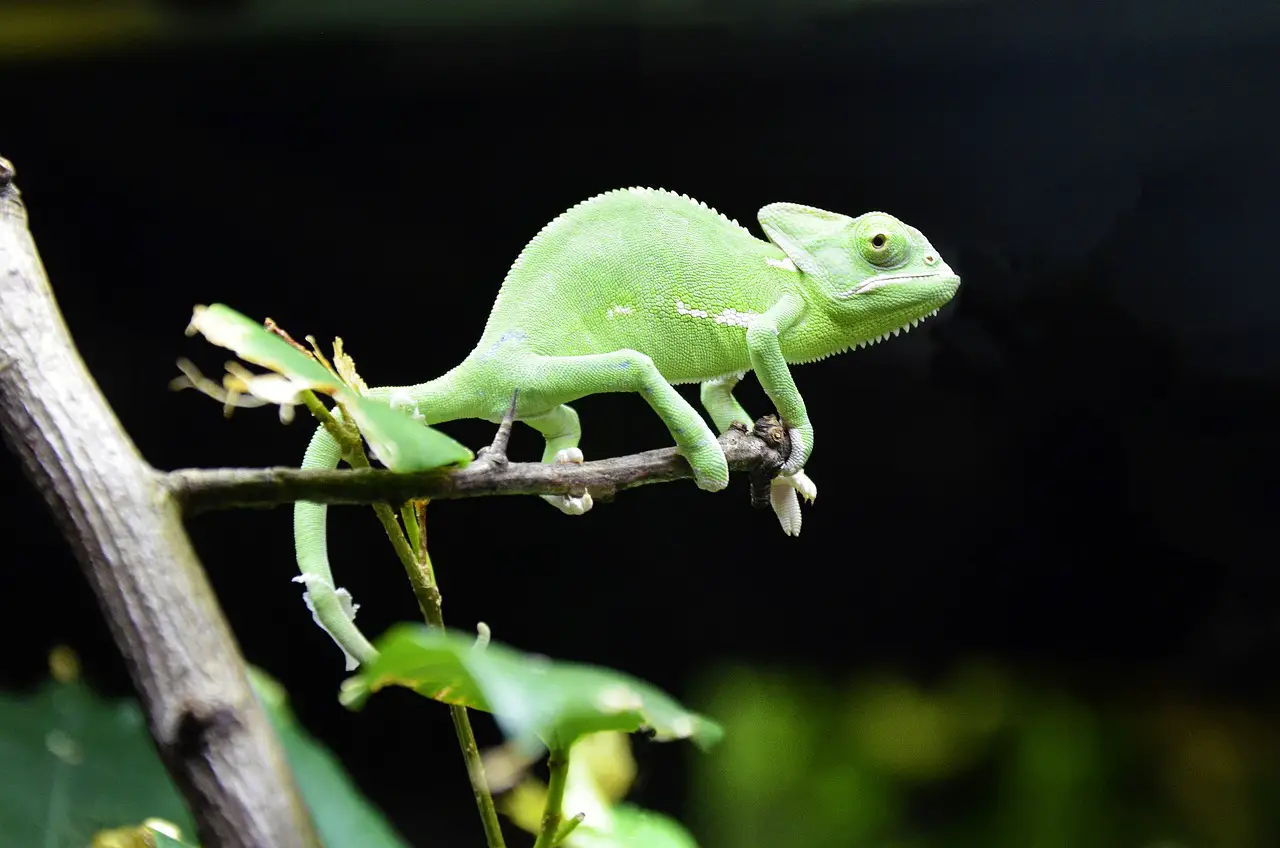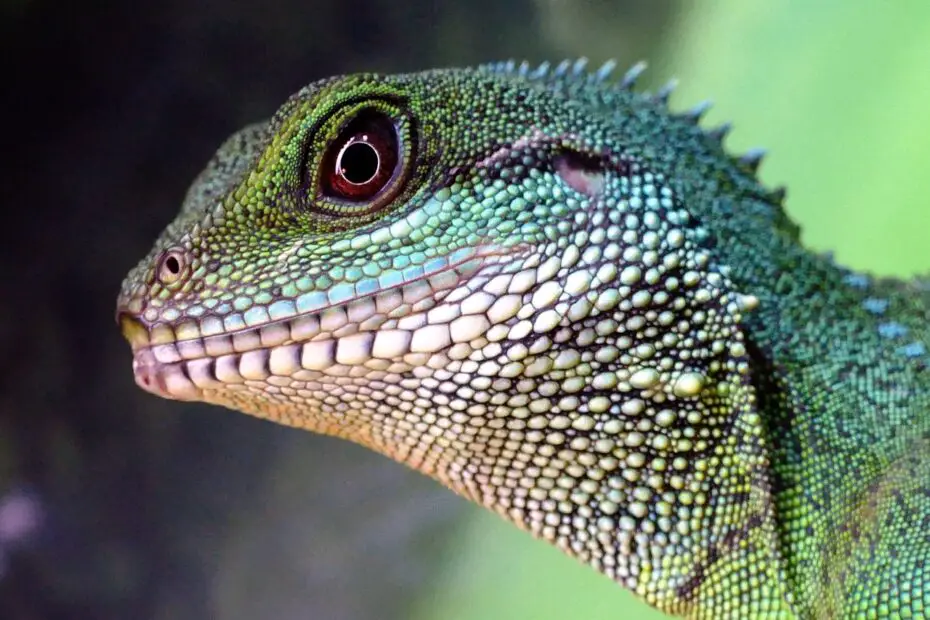Reptiles have fascinated and mystified humans for centuries. These cold-blooded creatures, which include snakes, lizards, turtles, and crocodiles, are often misunderstood and surrounded by myths and misconceptions. In this exploration, we’ll dive into the world of reptile mythbusters, debunking some of the most common misconceptions about these remarkable animals.
You may also want to know how fast alligators run.
Reptile Mythbusters #1: All Snakes Are Venomous
One of the most prevalent myths about snakes is that all of them are venomous and deadly. In reality, the majority of snake species are non-venomous and pose no threat to humans. Of the approximately 3,000 known snake species, only around 600 are venomous, and even among venomous snakes, many have venom that is relatively harmless to humans.

It’s essential to remember that snakes are not inherently aggressive and will usually only bite when they feel threatened or cornered. Most snake bites occur when people attempt to handle or harm snakes. The best approach when encountering a snake in the wild is to observe it from a safe distance and give it plenty of space.
Reptile Mythbusters #2: Reptiles Are Stupid
The notion that reptiles are unintelligent creatures is another common misconception. While reptiles have smaller brains compared to mammals and birds, this doesn’t mean they lack intelligence. In fact, many reptiles display impressive problem-solving skills and have adapted to their environments over millions of years.
Some reptiles, such as certain species of lizards, are known for their ability to learn and navigate mazes. Crocodiles are renowned for their hunting tactics and ability to cooperate with others. Additionally, recent research has shown that reptiles exhibit complex behaviors and can even display signs of social intelligence in certain contexts.
Reptile Mythbusters #3: Reptiles Don’t Feel Pain
It’s a widespread belief that reptiles are impervious to pain. This myth often leads to the mistreatment of these animals in captivity. However, scientific research has shown that reptiles do indeed experience pain and suffering.
Reptiles possess a nervous system that allows them to perceive and respond to noxious stimuli. While their experience of pain may differ from that of mammals, it is ethically and morally essential to treat all animals, including reptiles, with care and compassion.
Reptile Mythbusters #4: Turtles Can Live in Tiny Aquariums
Turtles are often kept as pets, but a common misconception is that they can thrive in small aquariums or containers. In reality, turtles require spacious and appropriately designed enclosures to lead healthy lives.
Many species of turtles grow significantly over time, and cramped conditions can lead to health issues, stunted growth, and stress. Proper turtle care includes providing an adequately sized enclosure with access to clean water, UVB lighting, and a basking area. It’s essential to research the specific requirements of your turtle species to ensure their well-being.

Myth #5: All Reptiles Are Solitary
While some reptile species are solitary by nature, many others exhibit social behaviors and live in groups or communities. For example:
- Alligator Snapping Turtles: These turtles are known to congregate in groups during the breeding season.
- Green Iguanas: They often gather in groups, especially during the mating season.
- Garter Snakes: These snakes may hibernate together in large groups during the winter.
Understanding the social behaviors of different reptile species is crucial for their proper care in captivity and their conservation in the wild.
Myth #6: All Reptiles Carry Salmonella
Salmonella is a bacterium that can cause food poisoning in humans, and it’s often associated with reptiles. While it’s true that some reptiles can carry Salmonella, the risk is not limited to all reptiles, and not all individuals of a given species are carriers.
To reduce the risk of Salmonella transmission from reptiles to humans, it’s essential to practice proper hygiene when handling them. Wash your hands thoroughly with soap and water after any contact with reptiles or their enclosures. Additionally, keep reptiles out of areas where food is prepared and consumed.
Myth #7: Reptiles Don’t Need Veterinary Care
Some people mistakenly believe that reptiles don’t require veterinary care because they are hardy animals. In reality, reptiles can suffer from various health issues, including infections, metabolic disorders, and injuries. Routine check-ups with a qualified reptile veterinarian are essential to monitor your pet’s health and detect any potential problems early.
It’s important to choose a veterinarian with experience in reptile care, as these animals have unique needs and health considerations. Regular veterinary visits can help ensure that your pet reptile lives a long and healthy life.
Myth #8: All Reptiles Are Aggressive
The belief that all reptiles are inherently aggressive is far from the truth. While some reptile species may exhibit defensive behaviors when they feel threatened, many reptiles are relatively calm and docile when handled with care.
Aggressiveness in reptiles is often a response to stress or fear. With proper handling, patience, and respect for their needs, many reptiles can become accustomed to human interaction and even enjoy gentle handling.
Myth #9: Reptiles Don’t Make Good Pets
There’s a common misconception that reptiles don’t make good pets because they are not affectionate or interactive like dogs or cats. While reptiles may not display affection in the same way mammals do, they can form bonds with their caregivers and exhibit unique behaviors that many find fascinating.
Reptiles can be wonderful pets for individuals who are willing to invest time and effort into understanding their needs and providing appropriate care. However, it’s essential to research the specific requirements of the reptile species you’re interested in and be prepared for the responsibilities of pet ownership.
Myth #10: Reptiles Are Primitive and Irrelevant
Another myth is that reptiles are primitive and unimportant in the grand scheme of the animal kingdom. In reality, reptiles have been around for over 300 million years and have evolved into a diverse group of animals with unique adaptations.
Reptiles play vital roles in their ecosystems as predators, prey, and ecosystem engineers. Understanding their behaviors and ecological significance is crucial for the conservation and preservation of these ancient creatures.
In conclusion, reptiles are a group of animals that have been shrouded in myths and misconceptions for too long. By dispelling these myths and gaining a deeper understanding of these remarkable creatures, we can appreciate their importance in our natural world and work toward their conservation and protection. Reptiles are not the monsters or mysteries they are often portrayed as; they are a fascinating and integral part of our planet’s biodiversity.
